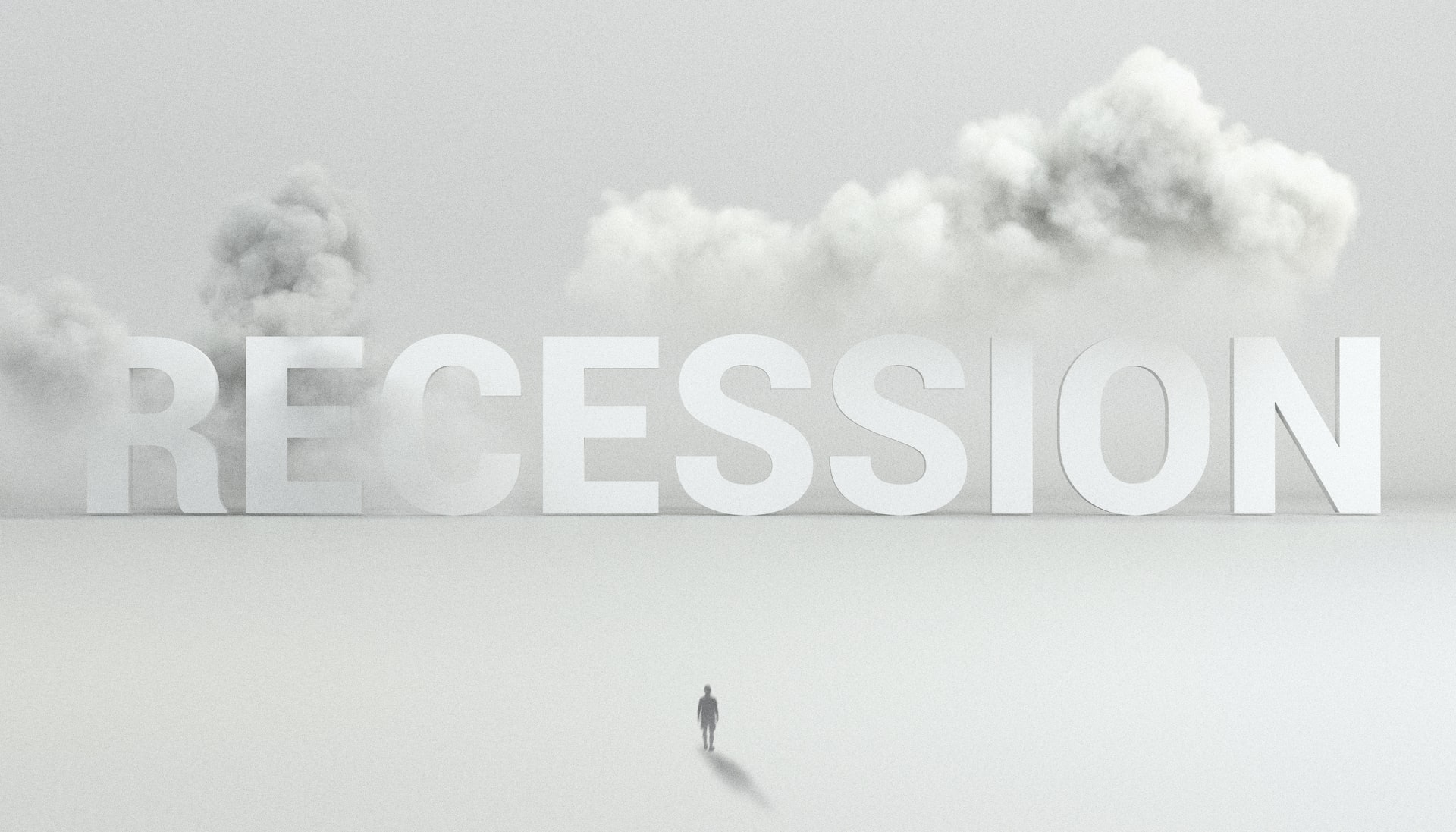Your landscape remodeling project can be a source of great happiness and a source of great expense. Understanding how to stick to a budget, as well as knowing how a budget can be easily blown, is a responsible part of home ownership. A cost driver is any factor that increases (or decreases) the cost of a landscape project. Before starting your landscape remodel, keep in mind the extensive amount of work you want done. Budgeting your landscaping project as accurately as possible, listing out who will complete each task, and understanding unknown factors, will give you an accurate view of the scope of the project.
Managing the landscape budget is important
Cost drivers will raise or lower the price of the overall project. Consider all features that you will want to include in your design. Some factors of your landscape renovation will be under your control, such as choosing the type of plant or patio furniture you want. But some might be out of your control, such as discovering that your excavation has broken a pipe or hit a gas line. Budgeting for known factors and understanding the possible unknown will assist you in planning.
The main cost drivers in a landscaping project is the scale of the project (how large the area encompasses), the scope of the project (what you will be doing), the materials, the labor and the possible what-ifs. All of these factors can be done inexpensively or inexpensively, in a short amount of time or a long length of time. Scheduling your landscaping project according to budget, weather, permits, material and time will help keep things in line.
Manage your project with the help of the following 7 tips on cost drivers:
1. Take a site inventory
The conditions of your property may not be easily changed. Certain decisions you make for landscaping may involve massive excavation or additional permitting. Some properties may also require surveying or environmental assessments prior to work being done. If majorly changing your site is part of the plan, sit down with your landscape architect or contractor to get a full understanding of what needs to be done and any other concerns. Experienced pros will know all the ways a site excavation project can go sideways. The overall scope of your proposed landscaping project may require removing old landscaping, installing new items or taking care of what you already have. All of these tasks have the possibility of going up in cost should you change your mind on inventory or quantity.
2. Check for hardscape
Hardscape may include items such as rockery, trellis, fencing, walkways and patios. If your new landscape project includes retrofitting old hardscape, or installing new, the overall design, materials and labor will add to the costs. Do you already have hardscape? Sometimes what you already have can be repurposed and lessen costs. Being able to reuse or recycle hardscape materials is a definite positive. It will drive the price down and reduce the amount of work. Keep in mind that some hardscape projects, like retaining walls, may require permitting – which will add to your cost as well as your timeline.
3. Hire a professional
Hiring a professional may sound expensive, but it might actually keep costs in control. A quality professional will understand how to manage a project as well as a budget, and can keep costs from creeping upwards. Often they have the skills and machinery to complete projects efficiently. They may understand how best to use what you already have, or incorporate budget-friendly or low maintenance plants. If you have a longer timeline, and the dedication to complete your own landscaping project, be honest about your skills and abilities. Very often homeowners need to purchase lots of specialty equipment and have to learn as they go – which can add time and possibly money to the project. Making mistakes and re-doing your work can be frustrating and expensive. Your original budget should include all the various tasks for this project as well as who should complete them. Sometimes the best approach is a combination of DIY and hiring a pro. Read more on reasons why hiring a professional may be beneficial to your landscape construction here.
4. Consider return on investment
Return on investment is a way to evaluate the value of an investment by comparing the end benefit to the initial cost. When viewed as a real estate investment, some landscape improvements can benefit your home value when selling. Focusing on curb appeal, for example, is a valuable landscaping project as prospective buyers highly value a clean and beautiful front yard. Other valuable projects might be installing irrigation systems, having mature plants, installing an outdoor kitchen, and having professionally designed outdoor lighting. These projects have a high perceived value but be aware, they are also more expensive landscaping projects.
5. Know what you want
Having a structured budget and scope of project is your best chance of not having scope creep. The more you change your mind, delay decisions, or gather information along the way (instead of in the beginning), the greater chance you have for increasing costs. Before starting construction, discuss your vision with your landscaper and let the pro use his or her expertise and knowledge in the field to perfect the project’s plan. Talking directly with your landscaper on a regular basis and requesting the high, medium and low cost options, will also help you keep track of costs.
6. Choose low maintenance landscape
Easy-to-maintain landscaping gives you the option to manage it yourself, which will save on long-term costs like watering, fertilizing or hiring gardeners. Know the local plants and foliage that thrive in your area and consider planting for water conservation. Lawns, which look beautiful, are actually quite expensive in the long term. So consider how much sod you really want to take care of in the long term. Some warmer states, with strict water rules, will find it valuable to design a drought-tolerant landscape. Other factors such as using compatible plants for your soil, lining beds before planting or switching high-maintenance, expensive flowers with large colorful less-expensive foliage can reduce costs in the long run.
7. Less is more
You may think that having extensive and elaborate plants will provide your landscape with a more beautiful design, but it may drive your costs up during installation and in maintenance. Sticking with simple and complimentary characteristics, grouping like plants to conserve water, or eschewing complicated systems might help keep costs down. When looking for a less-is-more landscape, browse project photos and interview local pros who will have suggestions for getting the most out of your landscape.
Top Image Credit: Darwin Webb Landscape Architects, P.S.




